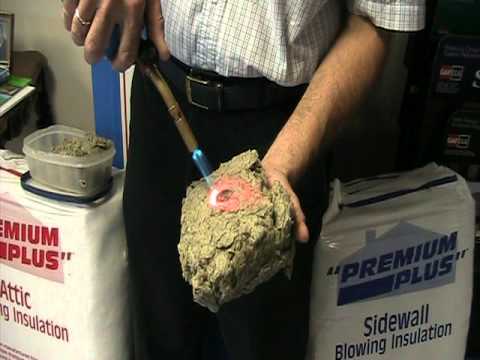In the realm of extreme temperatures, the ability of materials to withstand intense heat is a crucial factor. Whether it's in industrial settings, aerospace applications, or even everyday scenarios, the demand for materials that can endure 1000 degrees Celsius is ever-present. In this article, we delve into the world of high-temperature resilience, exploring the cutting-edge materials and innovative technologies that defy the scorching heat.
- Ceramic Matrix Composites: Reinventing Heat Resistance
Ceramic matrix composites (CMCs) have emerged as a game-changer in the field of high-temperature materials. By combining ceramic fibers with a ceramic matrix, CMCs offer exceptional thermal stability, mechanical strength, and resistance to thermal shock. These materials find applications in gas turbines, aerospace components, and even nuclear reactors, where they excel in environments that reach 1000 degrees Celsius and beyond. - Refractory Metals: Defying the Furnace's Fury
When it comes to enduring extreme heat, refractory metals take center stage. Tungsten, molybdenum, tantalum, and niobium are among the key players in this category. With melting points surpassing 3000 degrees Celsius, these metals exhibit remarkable thermal conductivity, low thermal expansion, and excellent strength at elevated temperatures. They find use in high-temperature furnaces, rocket nozzles, and other demanding applications where 1000 degrees Celsius is just the starting point. - Thermal Barrier Coatings: Shielding Against the Inferno
In the pursuit of enhanced heat resistance, thermal barrier coatings (TBCs) have become indispensable. These coatings consist of ceramic materials, such as yttria-stabilized zirconia, applied to metallic substrates. TBCs provide a protective layer that insulates against high temperatures, reducing heat transfer to the underlying components. With their ability to withstand temperatures exceeding 1000 degrees Celsius, TBCs are extensively employed in gas turbines, jet engines, and other heat-intensive environments. - Carbon-Carbon Composites: Forging a Path in Extreme Heat
Carbon-carbon composites (CCCs) have garnered attention for their exceptional heat resistance and mechanical properties. Composed of carbon fibers embedded in a carbon matrix, CCCs exhibit high thermal conductivity, low thermal expansion, and excellent strength at elevated temperatures. These materials find applications in aerospace engineering, where they endure the extreme heat generated during re-entry into the Earth's atmosphere, surpassing the 1000 degrees Celsius mark. - Advanced Cooling Techniques: Taming the Heat Beast
In the quest for materials that can withstand 1000 degrees Celsius, it is not only about the materials themselves but also the cooling techniques employed. Active cooling methods, such as internal cooling channels and film cooling, help dissipate heat from critical components, enhancing their ability to endure extreme temperatures. These techniques are extensively utilized in gas turbine blades, combustion chambers, and other high-temperature systems.
Conclusion:
The demand for materials capable of withstanding 1000 degrees Celsius and beyond has fueled remarkable advancements in various industries. From ceramic matrix composites and refractory metals to thermal barrier coatings and carbon-carbon composites, the materials discussed in this article exemplify the cutting-edge solutions that defy the scorching heat. By harnessing these materials and employing advanced cooling techniques, engineers and scientists continue to push the boundaries of what is possible, enabling us to explore new frontiers and conquer the challenges posed by extreme temperatures.


